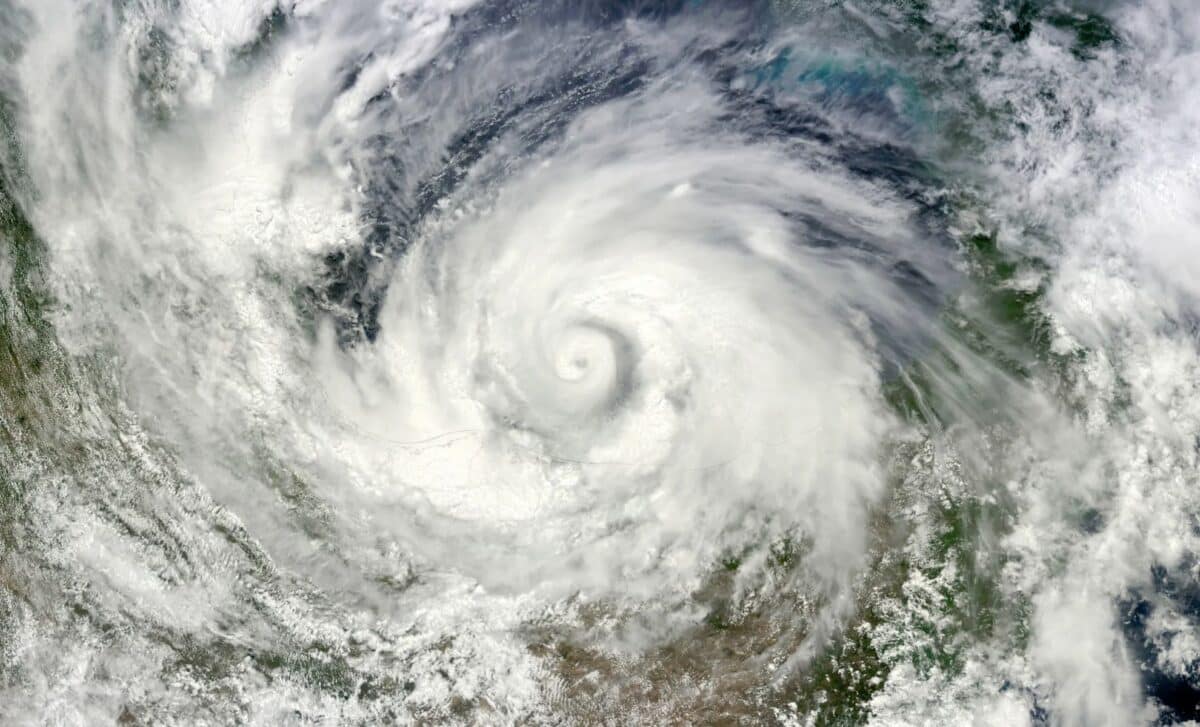The 2025 Atlantic hurricane season is shaping up to be another intense year for the United States and its neighbouring regions.
According to meteorologists, the season could witness as many as 18 tropical storms, including three to six that are expected to escalate to Category 3 hurricanes or stronger.
Experts are warning of an active season, with powerful storms posing significant risks to vulnerable areas. While the season officially starts on June 1 and ends on November 30, early forecasts suggest that the Atlantic coast, Gulf Coast, and parts of the southeastern United States will face heightened hurricane activity.
This forecast comes after a turbulent 2024 season that resulted in widespread destruction and numerous fatalities across the United States.
What to Expect from the 2025 Hurricane Season
The 2025 season is predicted to have an above-average number of storms, with experts anticipating a high risk of major hurricanes making landfall. As per Accuweather‘s analysis, between three to six of these storms could reach or exceed Category 3 strength, which brings winds of over 111 mph (179 km/h).
This would mark a repeat of 2024’s destructive season, which saw two major hurricanes cause extensive damage in Florida and Texas.
Regions most at risk include the Gulf Coast, parts of Florida’s Panhandle, the Carolinas, and even Atlantic Canada, with these areas likely to face the brunt of the storms. Isaac Longley, an Accuweather meteorologist, noted that while these areas are considered the primary risk zones, other parts of the US could still experience impacts, especially if storm paths deviate.
While New York may be less likely to experience a direct hurricane strike, it remains vulnerable to indirect effects, such as heavy rainfall or coastal flooding.
The Factors Behind an Active Hurricane Season
Several factors will influence the intensity and frequency of storms during the 2025 hurricane season. One key element is the water temperature in the Atlantic Ocean, which is currently above average.
Longley explains that the warmer water, particularly in the central North Atlantic and the Gulf of Mexico, provides extra energy to fuel storms, potentially leading to stronger hurricanes. Additionally, atmospheric conditions in both the Atlantic and Africa will play a crucial role in shaping storm behaviour.
The Bermuda-Azores high, a semi-permanent high-pressure system in the North Atlantic, can guide the direction of tropical storms. Meanwhile, weather patterns in western Africa can affect air temperature, which in turn influences the development of storms.
Longley notes that currently, air temperatures over Africa are below average, which could delay the formation of storms later in the season, providing a potential reprieve for the eastern US.









